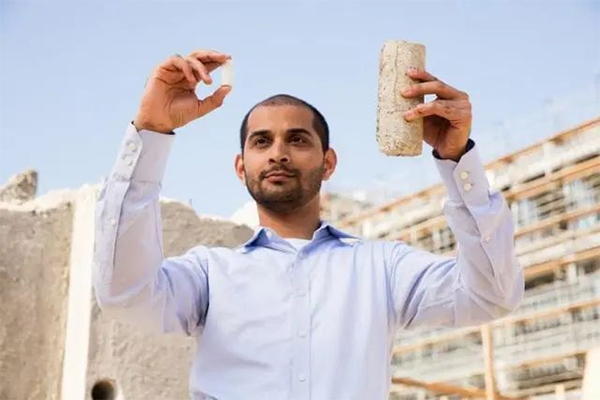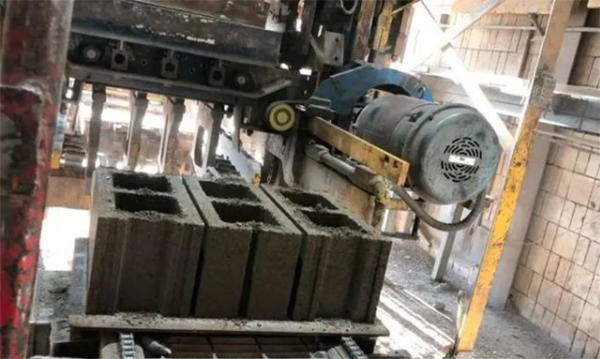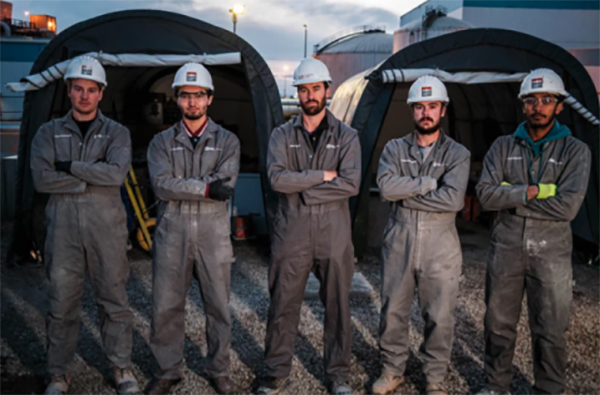The $20M XPrize competition awarded prizes to two teams developing low-carbon concrete technology
According to foreign media report, the six-year race to collect carbon dioxide emissions from operating power plants and convert them into useful products has ended and has produced two winners whose technology is expected to reduce the environmental footprint of concrete. Carbon Xprize, which cost US$20 million, distributed cash rewards to two teams from North America who were able to demonstrate how their method can eliminate meaningful carbon dioxide and produce concrete with performance equal to or better than traditional materials.

Carbon XPrize had nearly 50 teams from all over the world at the beginning in 2016, which was reduced to 10 finalists in 2018. These teams were then asked to demonstrate their technology at a coal-fired power plant in Wyoming or a natural gas power plant in Calgary, Canada. Their task was to demonstrate their methods in an industrial setting. The winners in both places are who convert the most carbon dioxide into products of the highest value and keep the carbon dioxide footprint, the use of land, water, and energy to a minimum.
CarbonCure Technologies, a startup in Canada, won a prize of US$7.5 million in the Calgary competition. The team’s method involves injecting the captured highly specific amount of carbon dioxide into the reclaimer system of the concrete plant, where it reacts with the calcium ions in the cement to form a nano-sized mineral that can be incorporated into the concrete mixture, and its compressive strength is increased by up to 10%.
The necessary hardware can be added to an existing concrete factory. When the concrete is mixed, a valve box sends the precise dose of the carbon dioxide from the tank into the concrete. Due to this adjustment of the formula, less fresh water can be used to produce concrete, less solid waste treatment, and more importantly, less cement, which is a particularly energy-consuming material because it involves extremely high temperature.
At the same time, the team that won the $7.5 million prize in Wyoming is the CarbonBuilt team from the University of California, Los Angeles (UCLA). Its technology involves capturing carbon dioxide from the flue gas stream of a power plant or cement plant and injecting it directly into the concrete mixture. Convert it there and store it permanently.
The UCLA Carbon Built team says this approach reduces the carbon footprint of concrete by more than 50% and reduces the amount of ordinary Portland cement required by 60% to 90%. At the same time, this concrete is as strong and durable as traditional concrete, and as a part of the team's last demonstration last year, it was molded into concrete blocks that each can store 340 grams of carbon dioxide. This also proves that the technology can consume 135 kg of carbon dioxide within 24 hours.
Marcius Extavour, vice president of climate and energy at XPRIZE, said: “Concrete is one of the most abundant materials in the world and an important frontier in tackling climate change. Portland cement is a key component that binds concrete and gives it strength. Its production accounts for about 7% of global carbon dioxide emissions. Concrete is also a material that can use carbon dioxide as an input at any time. The winning team has proved this very clearly. Now, deploying their technology to avoid and reduce emissions from heavy industry will become a rule of the game for the world to decarbonize in the fight against climate change."”



